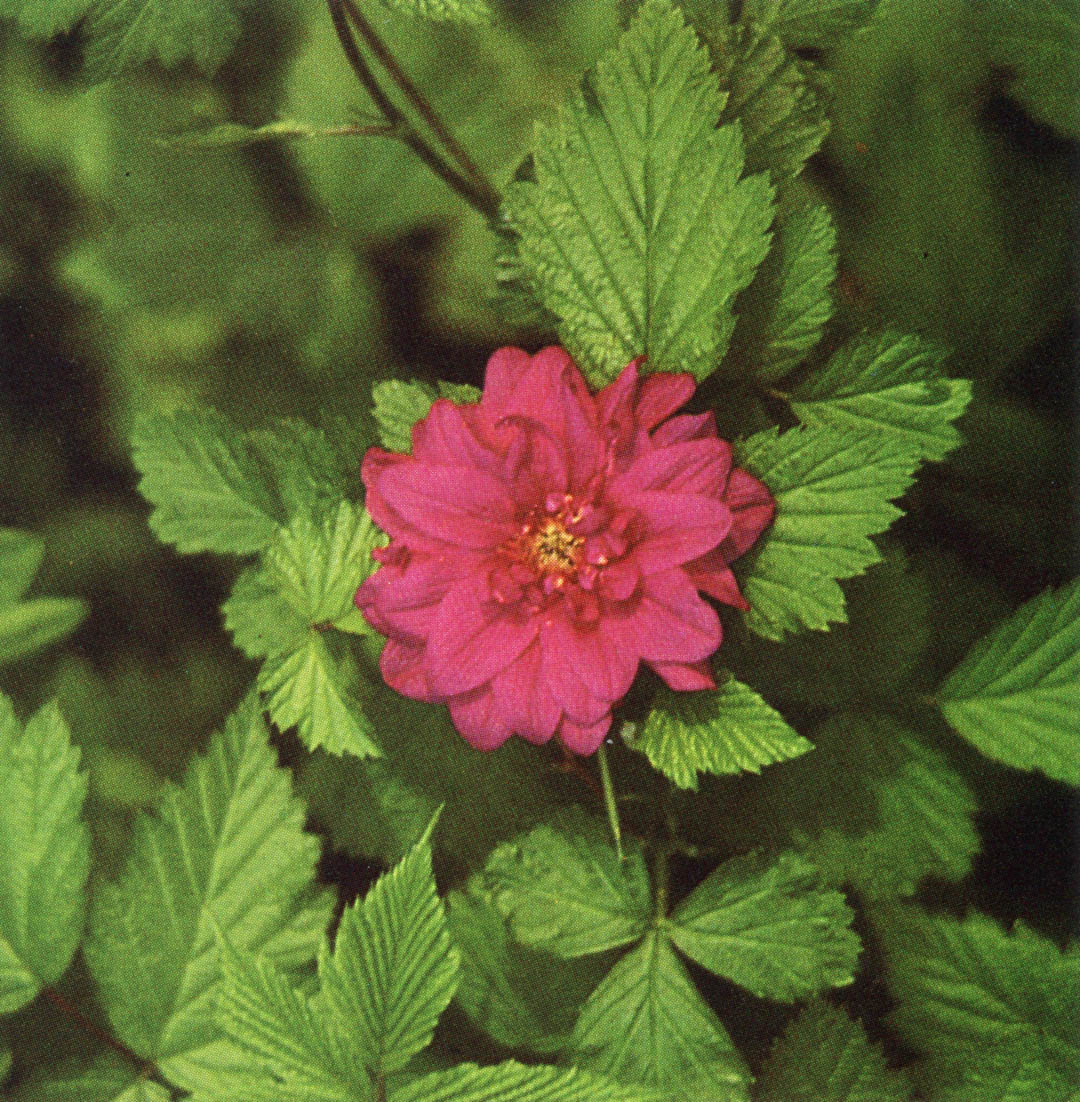

Contributor
While winter gardeners charge the equinoctial windmill and wring microseconds of day length from a belligerent south western horizon, gaggles of fair weather gardeners remain inside roasting chestnuts in the microwave. Never mind the oversown myths of the Northtwest’s unending rains; I remain a year-rounder. In late winter and early spring, mine is an intimate and secret garden. I receive few requests for visits during these dour days, and it is in this season that I am reacquainted with those spaces that, in the pitch of the gardening cycle, are too saturated with entertainment to allow repose. Far from the fray of late spring and early summer, this is my garden alone, and I revel in its rich quiescence.
Dan Hinkley
In late January and February we sail through the doldrums on the fragrance of sarcococca, chimonanthus, and hamamelis and the color of early rhododendrons. Yet in our heart of hearts we know this is the illusion of spring — the real thing sits stalled in the garden path. It is during this difficult time that I appreciate the many woody plants that maintain the illusion with early color until the real thing comes along.

Deep in the woodland of my garden on the Kitsap Peninsula in Washington, planted on a small knoll carpeted with Pachysandra terminalis ‘Variegata’, is a group of Mahonia ‘Charity’. I admire its luxuriant foliage and plump spikes of soft yellow flowers produced in late February. One of several hybrid mahonias in the garden, its two parents are themselves respectable members of the family. One of them, M. lomariifolia, with delicate pinnate leaves composed of many leaflets, has a tropical demeanor that is, unfortunately, reflected in its hardiness. The other, M. japonica, with fragrant, bright yellow flowers in mid-March, is virtually ignored in our climate, though it has proven a hardy and handsome plant for me.
With gentler effect are two Asiatic currants, both of which thrive in semi-shade. Ribes laurifolium is an evergreen currant with handsome red stems and gray-green leaves. I have the male form of this dioecious plant; it has larger, creamy green flowers on three-inch spikes, and takes all that winter can muster. Closely related, though less often encountered, is R. henryi. It is semi-deciduous, with larger, more oval leaves. It too blossoms long before the earth warms with lengthening days, and its erect inflorescences are of similar hue.

At the base of the steps to the deck is Daphne blagayana, a procumbent plant that snakes about an established tapestry of Gaultheria procumbens. The flowers are often open even during sharp February frosts, and on warm late-winter afternoons the garden air saturates with their fragrance. This is a lovely daphne, but it should be planted with another groundcover, as the plant will soon produce a barren center.

Rubus spectabilis ‘Gunhilde’, a double-flowered cultivar of our native salmonberry, has lovely magenta rose-like flowers for a long period starting in late February and early March. Like other plants of the species, it will sucker from the base to produce a sizable colony. The salmon-colored fruit is exploited by nesting birds in early summer.

Cloaked with drooping spikes of yellow borne on mahogany branchlets is Stachyurus praecox, a large, multi-stemmed shrub. It creates a dazzling effect when lit by rays of sun still low in the winter sky. S. chinensis extends the season for plants of this genus, as it begins to blossom just as the flowers of S. praecox fade. Two other species, S. himalaicus and the evergreen S. yunnanensis, grow in my garden, but they are often nipped back by hard late-winter frosts.
From early winter to beyond the vernal equinox, the many kinds of corylopsis, the winter hazels, by themselves could be used as a continual source of fragrant, pastel yellow flowers. Four species together with overlapping blossom sequence are a gold-medal relay team in spring gardens. First off the blocks is the most commonly encountered Corylopsis pauciflora. In mid-February, as its flowers begin to fade, those of C. spicata are just gearing up. In turn, a successful hand-off is made to one of the finest of them, C. sinensis and its many geographical variants. Both C. sinensis and C. spicata have large flower clusters of understated yellow with red anthers and an ultimate height of fifteen feet. In the final leg, and my favorite in flower, form, and foliage, is C. glabrescens. The flowers of this plant are in drooping spikes up to two inches long, borne on naked stems in early to mid-March. The emerging leaves are bronzy green, later taking on a hint of blue. Intermediate in size, C. glabrescens will not exceed eight feet, and it tolerates both full sun and part shade.
A well planted garden allows a steady succession of pleasures from the ice of winter to the abundance of late spring when our gardens overflow with scent and color. The standard winter-flowering plants — hellebores, snowdrops, crocuses — aside, there remain battalions of little known trees, shrubs, and perennials to delight us during early spring.
Share:
Social Media
Garden Futurist Podcast
Most Popular
Videos
Topics
Related Posts

Low Maintenance Gardens – Better for Pollinators and People
Autumn 2022 “I come out every day. It’s therapy, my meditation.” Janet’s young garden transformed from overgrown, invasive plants to mostly natives. The dailiness of

Calochortophilia: A Californian’s Love Affair with a Genus
Summer 2022 I can chart the progression of my life by Calochortus. For the last two decades, at least. As a teenage girl growing up

Pacific Plant People: Carol Bornstein
Spring 2022 Public gardens play a key role in demonstrating naturalistic planting design, selecting native and adapted plants for habitat, and testing techniques for reducing

Add Year-Round Interest and Winter Blooms for Pollinators
Spring 2022 This article was created from an Interview by Merrill Jensen with Neil Bell in the Summer of 2021 for our Pacific Plant People










Responses